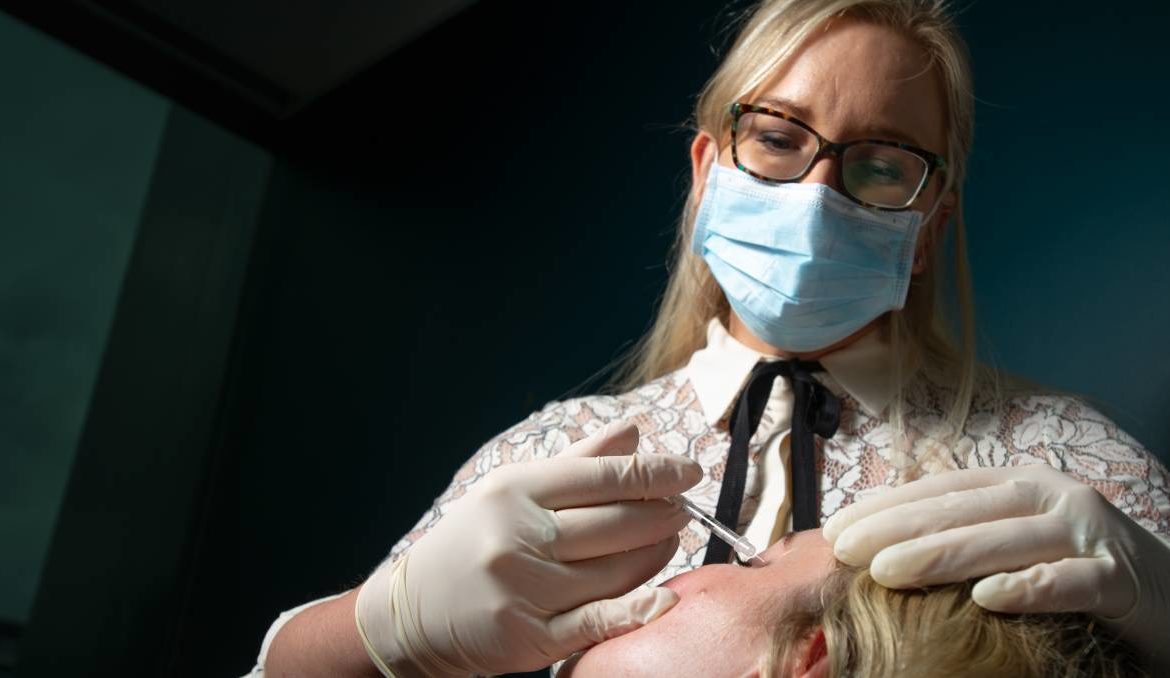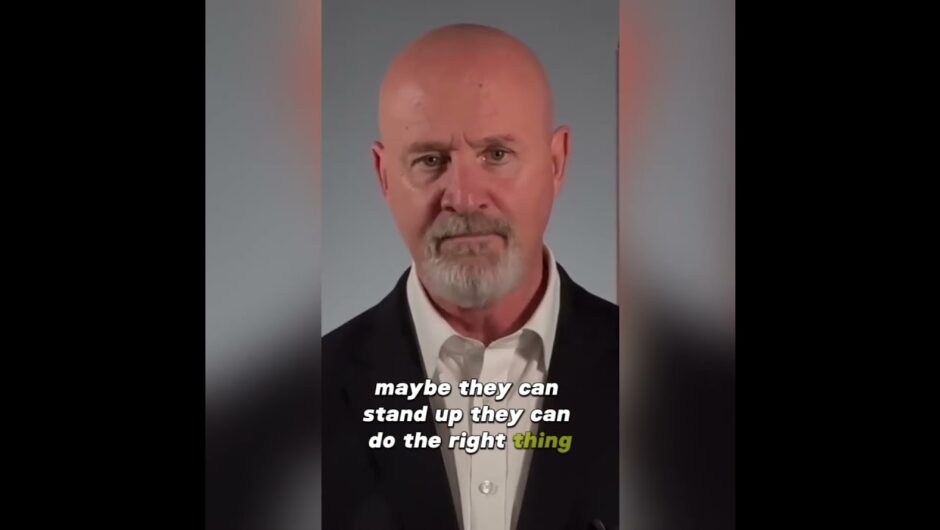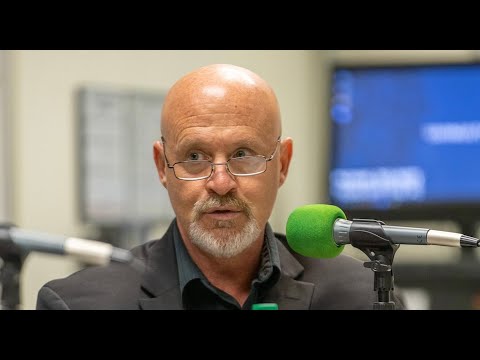news, health, botox, botox canberra, plastic surgery canberra
Plastic surgeons in Canberra have reported an increased demand for cosmetic procedures in the latter part of 2020, with Zoom cited as a common reason for going under the needle. Maria Comyns’ CBD business saw an increase in first-time clients, while Esteem Cosmetic Studio saw a 60 per cent increase in bookings year-on-year. Cosmos Clinic in Deakin reported doing close to a year’s work since reopening post-COVID-19, with the Australian Society of Plastic Surgeons confirming seeing ourselves on screen during online meetings had led to an increase in facial procedures both here and overseas. Botox and dermal fillers saw the biggest surge, with women in particular tired of seeing the same tired face staring back while working from home. While not new procedures, both Botox and filler have become increasingly common since social media influences began spruiking the pouted-lip and high cheekbone aesthetic. Laser Clinics Australia Medical Director Dr Jonathan Hopkirk said the now 23 year-old Kylie Jenner drove the lip obsession trend, while 2020, where Zoom calls were the norm, drove an increase in injectables. Catherine, who asked not to use her last name, was also 23 when she had her first cosmetic procedure, hoping it would alleviate her appearance hangups. Undergoing injections almost biannually for four years now, the pharmacy student had spent between $5000 and $10,000 on Botox and filler “pretty much everywhere” on her face At 27, Catherine has had Botox in her forehead, jawline, eyebrows and upper lip, as well as filler in her temples, upper eyes, nose, chin, cheekbones and jawline, as well as a chemical designed to dissolve fat injected into parts of her cheeks. “It’s one of those things that kind of snowballs,” she said. Of her 10 closest friends, Catherine said probably eight of them have had some work done. She said studies suggesting people were more likely to get work done once they knew someone else who had was true to her experience. Catherine said while celebrities had been getting these procedures done forever, the public perception once was that they were the beautiful people whose look was unattainable, because they denied it. “Since Kylie Jenner went public about her lip filler there’s just been this avalanche of people doing it,” Catherine said. Although reliable data on how many Australians were using fillers doesn’t exist, because the industry isn’t regulated that way, the Cosmetic Physicians College of Australia estimated Australians spend about $1 billion a year on around 500,000 cosmetic procedures – more per capita than in the United States. According to the American Society of Plastic Surgeons, serious complications from Botox were exceedingly rare, although they did occur. However, vascular compromise and necrosis has become a well-documented risk with other injectables, such as fillers, particularly since the rise of administration by unqualified practitioners. Cosmo Clinic’s Dr Chris Lee said when someone asked him why his Botox or fillers were more expensive, he answered “I come with the filler”. “It’s like buying a car,” Dr Lee said. “You may buy a Toyota YARIS or a BMW X5 – they both get you from A to Z but it’s the quality, safety, equipment and reliability that you pay for.” Dr Lee said not only did he see more first-time clients than expected at Deakin this year, his repeat clientele also got more done than usual. “It’s almost like people are fearful that there’ll be another shutdown so they want to get in as much as they can,” he said. “I think during the COVID period people have had more time to go onto social media, they’ve had time to look at themselves, they’ve had time to actually figure out what is available out there. When things were lifted they found it was actually quite easy to access those treatments available and as a result pretty much the whole industry has seen an increase due to that awareness.” Dr Lee said it was not uncommon to see clients anywhere between the ages of 18 and 80. While teenagers sometimes requested treatment, the medical board of Australia had instituted safeguards which included increased waiting periods, guardian consent and psychological assessments for people underage. “I generally try not to treat patients under the age of 18 but there are exceptional circumstances when the treatment is not cosmetic, it’s actually for medical reasons,” Dr Lee said. He said the big lip trend had started to die off and people seeking a more natural look were asking for less filler the second time around. “It’s my job as a doctor to ascertain what they want and what they’re trying to treat and to figure out if that treatment is appropriate,” Dr Lee said. “At the end of the day I will only treat people for what they need so that they still look natural.”
/images/transform/v1/crop/frm/fin3bsvV4zEfEw92kZxvs/1a9b4d9f-59e5-4118-ac8e-cbb615e14020.jpg/r0_225_3632_2277_w1200_h678_fmax.jpg
Plastic surgeons in Canberra have reported an increased demand for cosmetic procedures in the latter part of 2020, with Zoom cited as a common reason for going under the needle.
Maria Comyns’ CBD business saw an increase in first-time clients, while Esteem Cosmetic Studio saw a 60 per cent increase in bookings year-on-year.
Cosmos Clinic in Deakin reported doing close to a year’s work since reopening post-COVID-19, with the Australian Society of Plastic Surgeons confirming seeing ourselves on screen during online meetings had led to an increase in facial procedures both here and overseas.
Botox and dermal fillers saw the biggest surge, with women in particular tired of seeing the same tired face staring back while working from home.
While not new procedures, both Botox and filler have become increasingly common since social media influences began spruiking the pouted-lip and high cheekbone aesthetic.
Laser Clinics Australia Medical Director Dr Jonathan Hopkirk said the now 23 year-old Kylie Jenner drove the lip obsession trend, while 2020, where Zoom calls were the norm, drove an increase in injectables.
Catherine, who asked not to use her last name, was also 23 when she had her first cosmetic procedure, hoping it would alleviate her appearance hangups.
Undergoing injections almost biannually for four years now, the pharmacy student had spent between $5000 and $10,000 on Botox and filler “pretty much everywhere” on her face
At 27, Catherine has had Botox in her forehead, jawline, eyebrows and upper lip, as well as filler in her temples, upper eyes, nose, chin, cheekbones and jawline, as well as a chemical designed to dissolve fat injected into parts of her cheeks.
Dermal fillers which involves injecting a gel substance into the skin to add volume usually results in swelling post-procedure. Picture: Supplied
“It’s one of those things that kind of snowballs,” she said.
Of her 10 closest friends, Catherine said probably eight of them have had some work done.
She said studies suggesting people were more likely to get work done once they knew someone else who had was true to her experience.
Catherine said while celebrities had been getting these procedures done forever, the public perception once was that they were the beautiful people whose look was unattainable, because they denied it.
“Since Kylie Jenner went public about her lip filler there’s just been this avalanche of people doing it,” Catherine said.
Although reliable data on how many Australians were using fillers doesn’t exist, because the industry isn’t regulated that way, the Cosmetic Physicians College of Australia estimated Australians spend about $1 billion a year on around 500,000 cosmetic procedures – more per capita than in the United States.
According to the American Society of Plastic Surgeons, serious complications from Botox were exceedingly rare, although they did occur.
However, vascular compromise and necrosis has become a well-documented risk with other injectables, such as fillers, particularly since the rise of administration by unqualified practitioners.
Cosmo Clinic’s Dr Chris Lee said when someone asked him why his Botox or fillers were more expensive, he answered “I come with the filler”.
“It’s like buying a car,” Dr Lee said.
“You may buy a Toyota YARIS or a BMW X5 – they both get you from A to Z but it’s the quality, safety, equipment and reliability that you pay for.”
Dr Lee said not only did he see more first-time clients than expected at Deakin this year, his repeat clientele also got more done than usual.
“It’s almost like people are fearful that there’ll be another shutdown so they want to get in as much as they can,” he said.
“I think during the COVID period people have had more time to go onto social media, they’ve had time to look at themselves, they’ve had time to actually figure out what is available out there. When things were lifted they found it was actually quite easy to access those treatments available and as a result pretty much the whole industry has seen an increase due to that awareness.”
It’s like people are fearful there’ll be another shutdown so they want to get in as much as they can.
Dr Chris Lee
Dr Lee said it was not uncommon to see clients anywhere between the ages of 18 and 80.
While teenagers sometimes requested treatment, the medical board of Australia had instituted safeguards which included increased waiting periods, guardian consent and psychological assessments for people underage.
“I generally try not to treat patients under the age of 18 but there are exceptional circumstances when the treatment is not cosmetic, it’s actually for medical reasons,” Dr Lee said.
He said the big lip trend had started to die off and people seeking a more natural look were asking for less filler the second time around.
“It’s my job as a doctor to ascertain what they want and what they’re trying to treat and to figure out if that treatment is appropriate,” Dr Lee said.
“At the end of the day I will only treat people for what they need so that they still look natural.”







